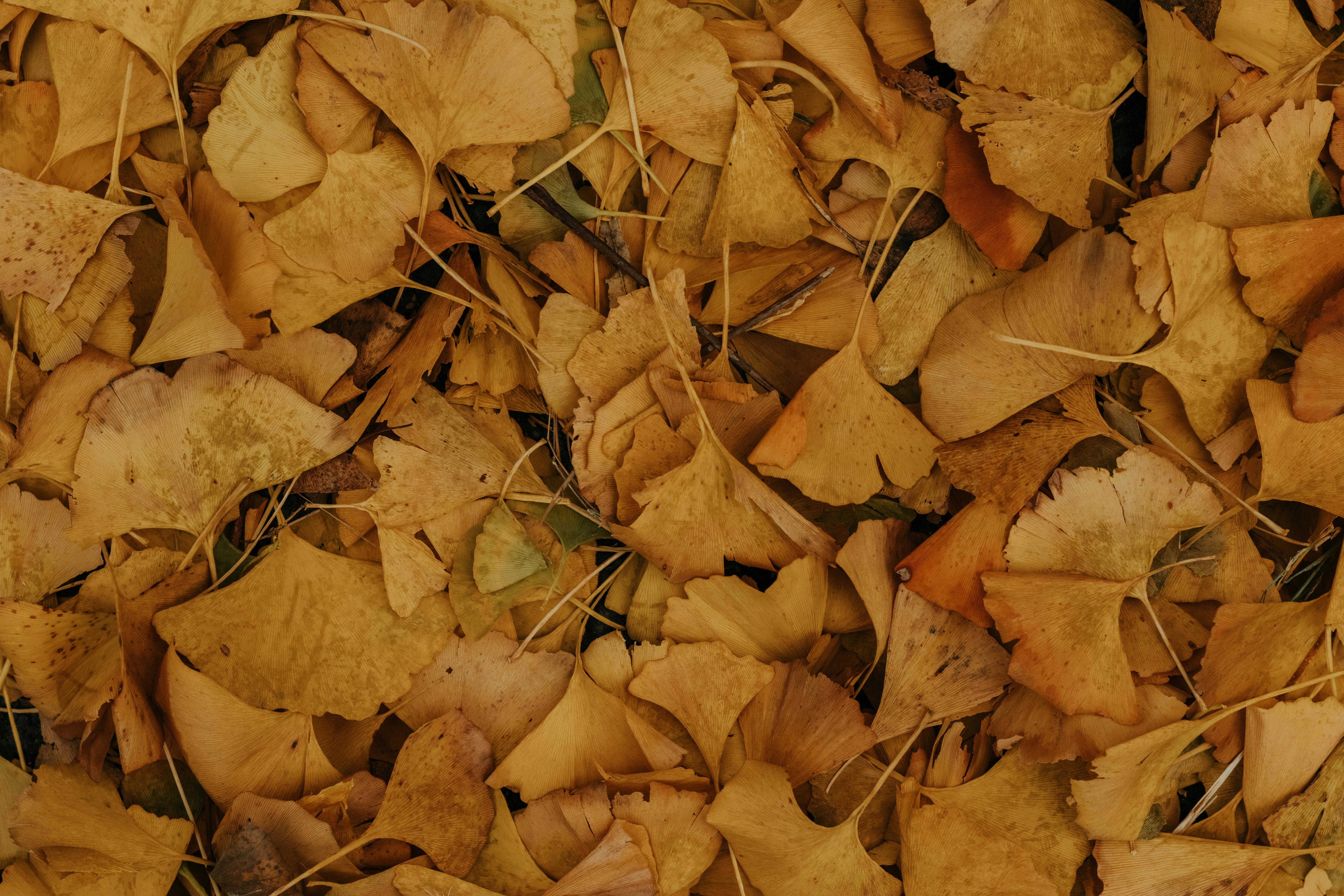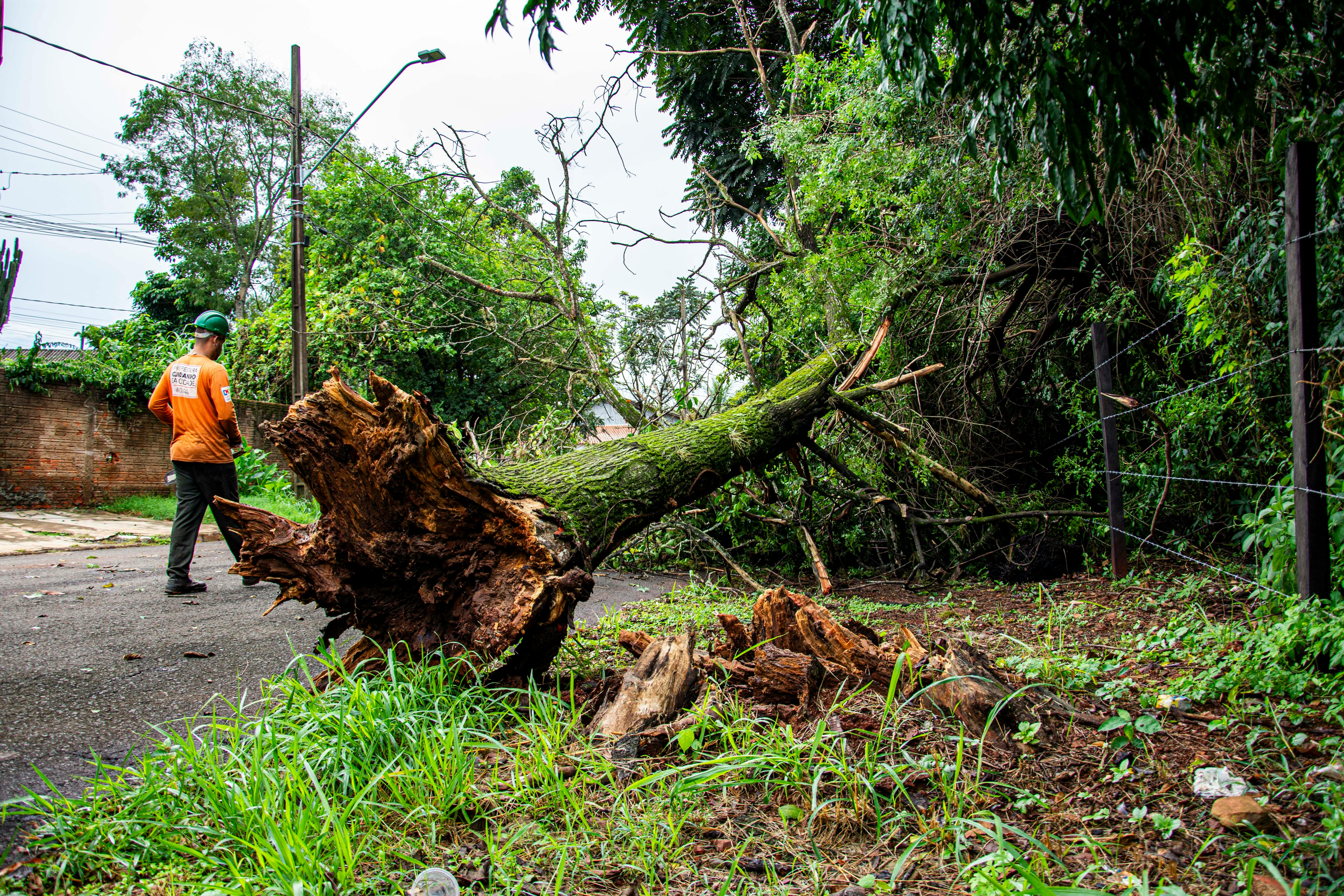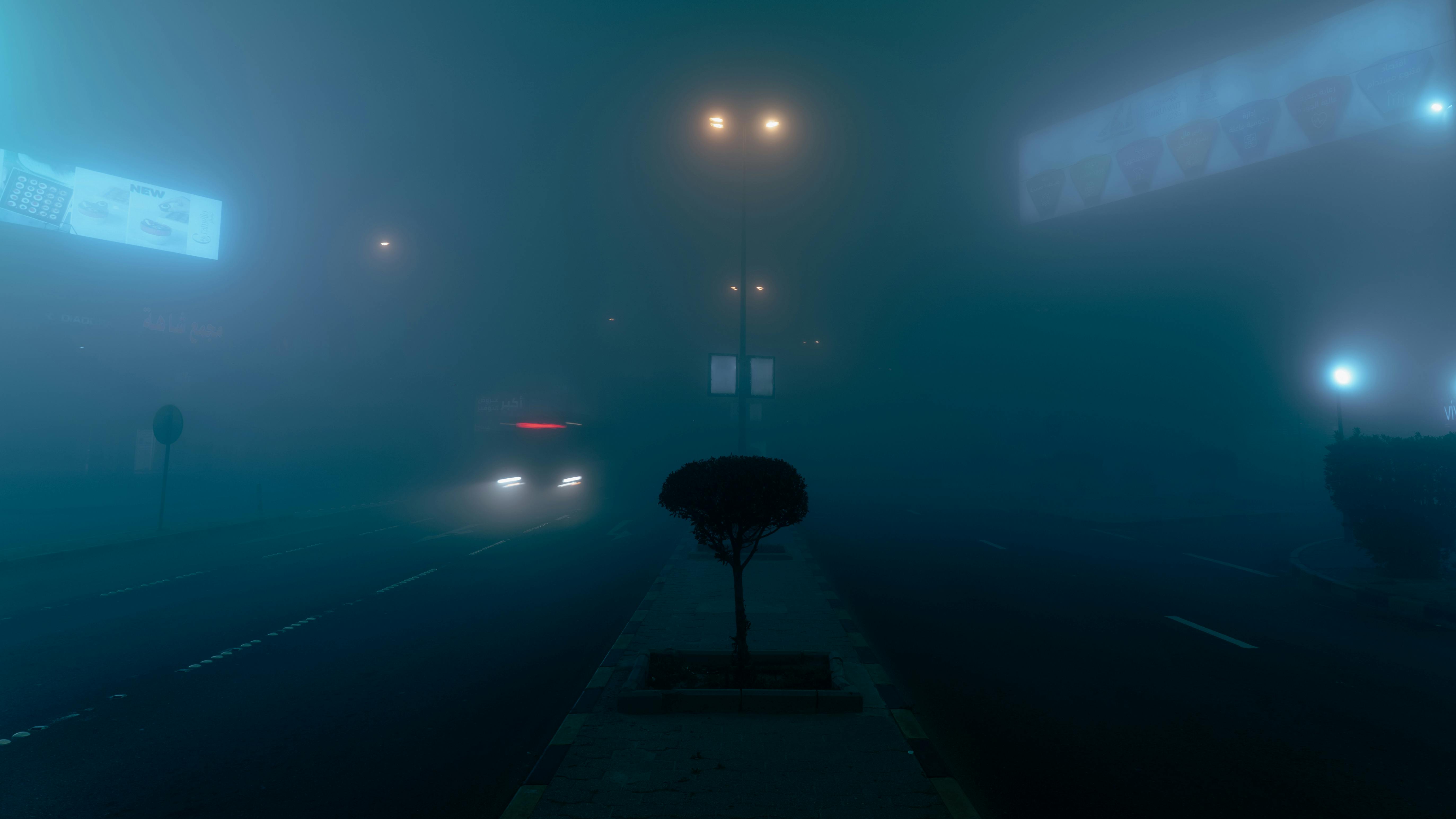What's Happening?
Astrophotographer Greg Meyer has captured a remarkable image of a nebula that resembles a colossal baboon in deep space. The nebula, located approximately 500 light-years from Earth in the constellation Corona Australis, features a cloud of molecular dust that forms the outline of the baboon's mouth and face. The blue glowing eyes are created by blue reflection nebulas. This region is informally known as the Rampaging Baboon Nebula due to its resemblance to the colorful face of a Mandrill. The nebula is visible near the globular cluster NGC 6723, which is situated about 30,000 light-years away from the solar system and contains hundreds of thousands of stars. Meyer captured the image over 13 nights during June, July, and August using an Esprit 120mm telescope and a QHY 268M astronomy camera, accumulating 16.5 hours of observation time.
Why It's Important?
This stunning astrophotography highlights the beauty and complexity of the universe, offering a unique perspective on cosmic phenomena. Such images can inspire interest in astronomy and science, encouraging public engagement and education in these fields. The Rampaging Baboon Nebula serves as a reminder of the vastness and diversity of space, potentially motivating further exploration and study. For the scientific community, these observations contribute valuable data that can aid in understanding the formation and characteristics of nebulas and star clusters. Additionally, the image showcases the capabilities of modern astrophotography equipment, which can capture intricate details of distant celestial objects.
What's Next?
Astrophotographers and astronomers may continue to explore and document similar celestial phenomena, using advanced equipment to capture high-resolution images of nebulas and star clusters. These efforts could lead to new discoveries and insights into the structure and behavior of the universe. Public interest in space exploration and astrophotography may grow, potentially leading to increased support for scientific research and funding for space missions. Educational initiatives might leverage such captivating images to inspire students and the general public to learn more about astronomy and the cosmos.
Beyond the Headlines
The Rampaging Baboon Nebula image underscores the intersection of art and science, where astrophotography not only serves scientific purposes but also provides aesthetic value. This dual role can foster a broader appreciation for the universe, bridging the gap between scientific inquiry and artistic expression. The image may also prompt discussions about the role of technology in expanding our understanding of space, highlighting how advancements in imaging techniques can reveal previously unseen aspects of the cosmos.












